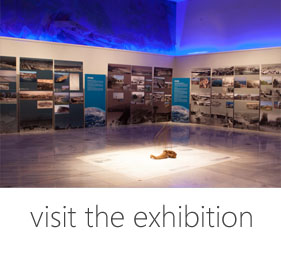Partners /
Varna Regional Museum of History

VARNA REGIONAL MUSEUM OF HISTORY
Varna Regional Museum of History was established as an archaeological collection In 1887, and an Arcaheological Museum was open in 1906, a permanent exposition i. e. accessible to the general public. Thanks to the various historical collections gathered throughout the decades in the Archaeological museum, other new museums were founded too: the Museum of Bulgarian Renaissance (17th – 19th c.), the Ethnographic Museum (19th – beginning of 20th c.), Museum of the New History (1878 – 1944), the Museum of Recent History (from 1945 up to the moment) and the Natural Science Museum and there are three Open air museums: the Roman Thermes (2nd – 3rd c. AD), Aladja Monastery (14th c.), the Stone forest (a natural phenomenon) which all formed Varna Regional Museum of History. All these museums are managed by Regional Museum of History.
The Archaeological Museum has now an exibiting area of 2000 m². In 2012, There are sixteen archaeologists who work in the Departments of Prehistory, Antiquity, Medieval Age, Ottoman Period and Numismatics. The Museum arcaheological collections include around 80 000 items from Paleolithic (100 000 – 40 000 B.C.) to the Late Medieval period (18th c.), most precious among them being The oldest processed gold in the world discovered in the Eneolithic ncropolis of Varna: over over 6 kg dated to mid5th millenium BC.
Contact Details:
ADDRESS: 41, MARIA LOUISA BVD., 9000 VARNA, BULGARIA
TEL.: 00359 (52) 681 012/13,
FAX: 00359 (52) 681 025;
E-MAIL: rim@museumvarna.com, http://archaeo.museumvarna.com
DIRECTOR: DR. PROF. VALENTIN PLETNYOV
Project Manager: Mr. Aleksander Minchev, tel.: 00359 (52) 681 028
e-mail: al_minchev@abv.bg
Secretarial Support: Mrs. Denitsa Yordanova, tel.: 00359 88649 67 80
e-mail: deni.yordanova@gmail.com










